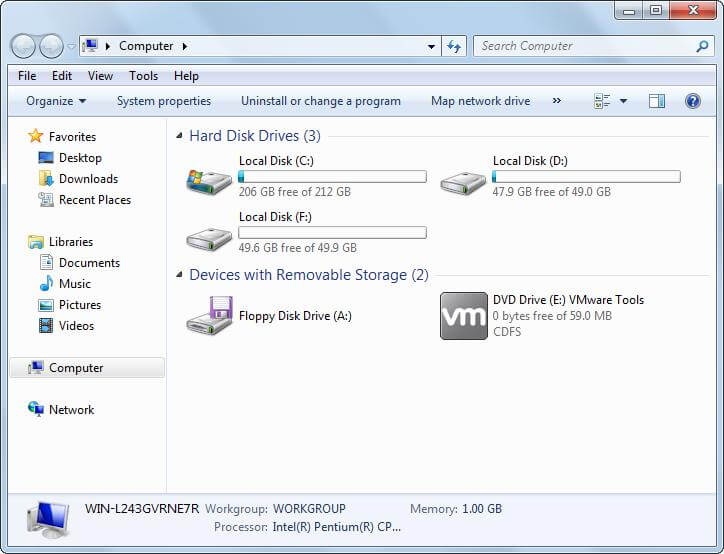

Spinning the disks faster wasn't really an option due to the increased disk wear that would result coupled with the fact that the chips driving the drive couldn't keep up with the increased data rate (some systems streamed data to/from the floppy drive directly from the CPU).Īs technology improved, higher densities disks such as the 2.88 MB ones you mentioned were later developed but the cost-per-bit just wasn't there.

commercial software to pack more bits onto each disk. By writing a complete track at a time using high-quality drives, higher densities could be achieved but this made the disk effectively read-only. The same goes for sectors within a track and spacing between tracks. If you tried to pack too many sectors into a track you'd risk overwriting a first sector with its last one. Getting anywhere close to that was impractical because slack had to be left at the end of each track to account for variations in motor speed, etc. 1.44 MB floppies actually had a maximum capacity of 2MB unformatted.


 0 kommentar(er)
0 kommentar(er)
